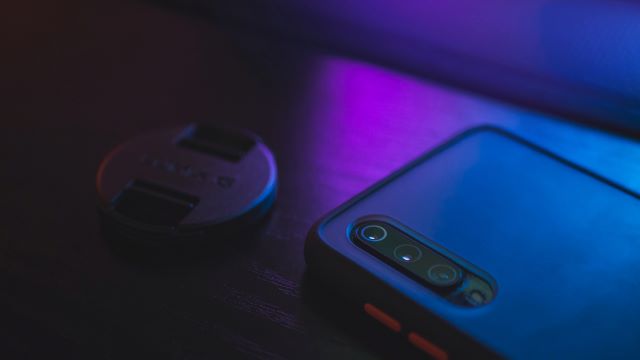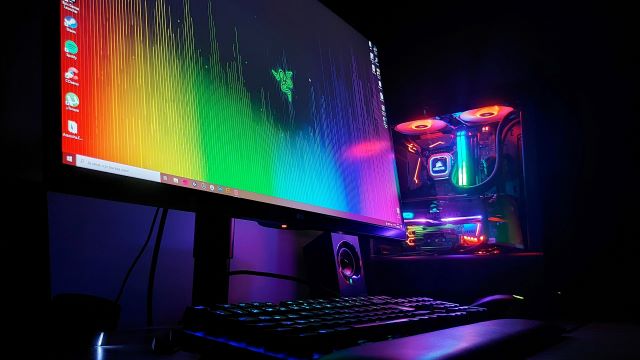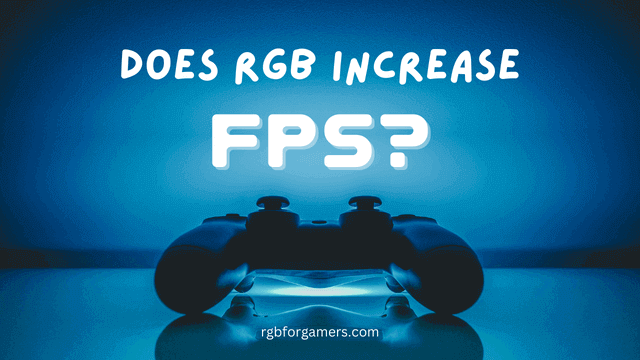Nowadays, RGB colors have become very popular among gamers as it adds a splash of color to their gaming setups. Moreover, RGB color combinations can create an immersive and enjoyable gaming experience.
These RGB led are not only popular among gamers for decoration but also for some other advantages. Such as flexibility and customization options, Energy efficiency, Longer lifespan, Color accuracy, and so on.
But when we consider our health, especially our vision then the question arises, “Is RGB Good for the Eyes?” Well, in this article I will explain the effects of RGB LED lights on human eyes and how you can abstain from the harmful effects of RGB LED lights.
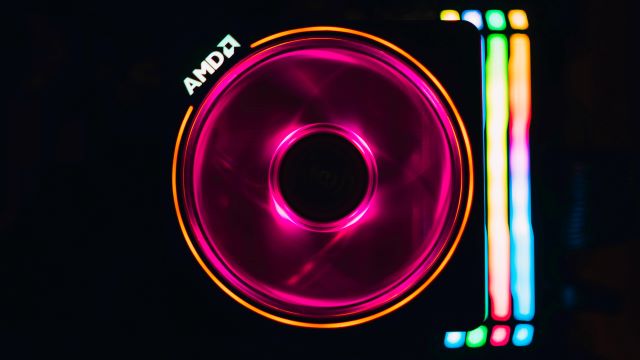
RGB LED lights are generally considered safe for the eyes, as they emit a relatively low level of blue light compared to electronic devices such as computer monitors and smartphones.
However, prolonged exposure to any type of bright light, including LED lights, can cause eye strain and discomfort. Before going to the main discussion let first know about blue lights that RGB LED light emits.
Table of Contents
What is Blue Light?
Blue light is a type of high-energy visible (HEV) light that is emitted by electronic devices and certain types of lighting, including some RGB LED lights. Blue light has a wavelength between approximately 400-500 nanometers and is part of the visible light spectrum.
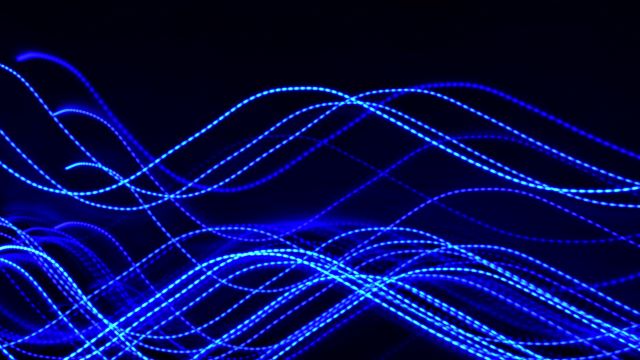
Blue light has both positive and negative effects on human health and vision. During the day, Blue light is important because it helps regulate the body’s circadian rhythm, which controls the sleep-wake cycle. Moreover, Exposure to blue light during the day can help increase alertness, improve mood, and boost cognitive function.
On the contrary, in low light conditions or at night, exposure to blue light can cause several problems. It can disrupt the body’s natural sleep by interfering with the production of melatonin which is a hormone that helps to regulate sleep.

Moreover, exposure to light can lead to insomnia or other sleep disorders. In addition to affecting sleep patterns, blue light has also been linked to eye strain, headaches, and other health problems, particularly when individuals are exposed to blue light for prolonged periods of time, such as when using electronic devices for long periods of time.
Also read: What RGB Lights Do Gamers Use?
Detrimental effects of RGB LED lights on eyes
As we say before, RGB LEDs are comparatively safer than other lights or bulbs because they emit a relatively low level of blue light. But using it for a long period of time can cause some disadvantages to vision and the brain. some problems are mentioned below.
Digital Eye Strain
RGB LED lights emit blue light that can cause digital eyestrain, a condition characterized by symptoms like dry and irritated eyes, blurry vision, headaches, and neck pain.
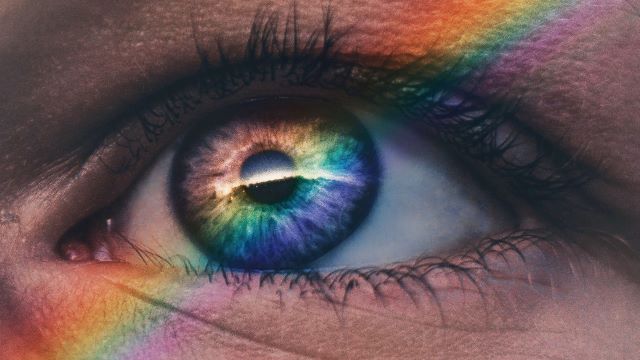
Disruption of sleep patterns
Exposure to blue light can interfere with the body’s natural sleep-wake cycle by suppressing the production of melatonin, a hormone that regulates sleep. This can lead to difficulty falling asleep and getting enough restful sleep.

Macular Degeneration
Prolonged exposure to blue light may increase the risk of developing age-related macular degeneration (AMD), a condition that causes damage to the retina and can lead to vision loss.
Retina damage
Blue light can also cause damage to the retina, the part of the eye responsible for transmitting visual information to the brain. This damage can increase the risk of developing vision problems and even blindness over time.
Also read: What RGB Color Is Best for Gaming?
How to abstain from the adverse effects of RGB LED lights?
Have you got afraid of using RGB LED lights? Don’t be afraid. Below are some solutions. There are several ways to minimize the adverse effects of RGB LED lights:
- Adjust lighting levels: Keep the lighting levels in your environment at a comfortable level to prevent digital eye strain. If the lighting is too bright or too dim, it can cause eye fatigue and discomfort.
- Take breaks: Take frequent breaks when using devices that emit blue light, such as computers, smartphones, and tablets. Look away from the screen every 20 minutes and focus on a distant object for 20 seconds.
- Reduce screen time: Reduce your overall screen time, especially at night, as blue light can interfere with your natural sleep-wake cycle. Try to limit screen time for at least 1-2 hours before bedtime.
- Use blue light-blocking glasses: Consider using blue light-blocking glasses, which filter out blue light and can help reduce eye strain and improve sleep quality.
- Adjust device settings: Adjust the settings on your device to reduce blue light emission, such as turning on the blue light filter or night mode feature.
Final Thoughts
From the above discussion, we can say that, while RGB LED lights are generally considered safe for the eyes, prolonged exposure can cause eye strain and discomfort, and the blue light emitted can disrupt sleep patterns.
It is recommended to use LED lights in moderation, particularly in the evening and at night, and to choose warmer, less blue-tinted light settings to reduce the potential negative effects on eye health and sleep.
Reference
- Yusuke, A., Takahiro, M., Tomokazu, A., Hirokazu, K., Shinji, S., & Hiroko, Y. (2022). Influence on Observer Performance by using Blue-light Reducing Eye Glasses. Journal of Medical Imaging and Radiation Sciences, 53(4), S45. https://doi.org/10.1016/j.jmir.2022.10.147
- LED lighting and retinal damages (ResearchGate)
- Nakamura, M., Yako, T., Kuse, Y., Inoue, Y., Nishinaka, A., Nakamura, S., Shimazawa, M., & Hara, H. (2018). Exposure to excessive blue LED light damages the retinal pigment epithelium and photoreceptors of pigmented mice. Experimental Eye Research, 177, 1-11. https://doi.org/10.1016/j.exer.2018.07.022

I am a student of Computer Science and Engineering. At the same time, I am a gamer and author who writes on the topic of RGB lighting for gamers. With years of experience in the gaming industry, Imam has a deep understanding of how lighting can impact the gaming experience and has made it his mission to share his knowledge with others.
Through his blog on the website “RGB for Gamers,” Imam offers valuable insights into the world of RGB lighting and how it can enhance the gaming experience. He covers a wide range of topics, from the best RGB lighting setups for specific types of games to the latest trends in RGB lighting technology.
